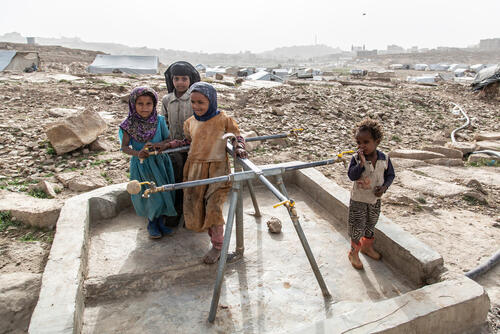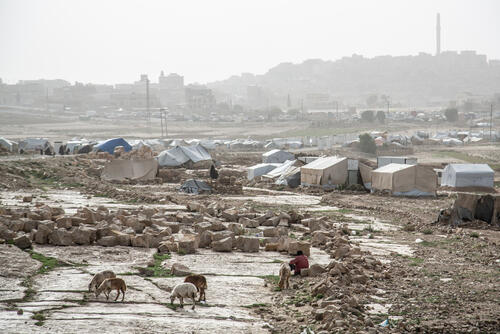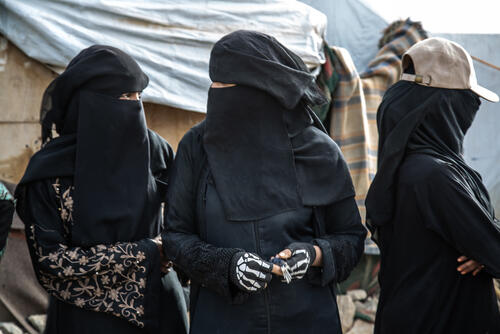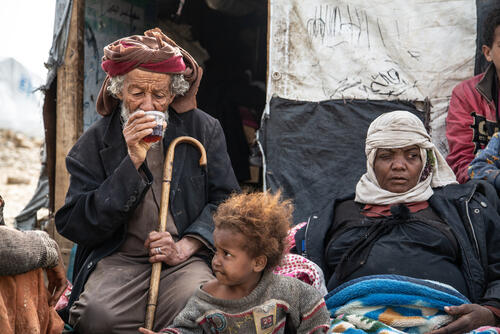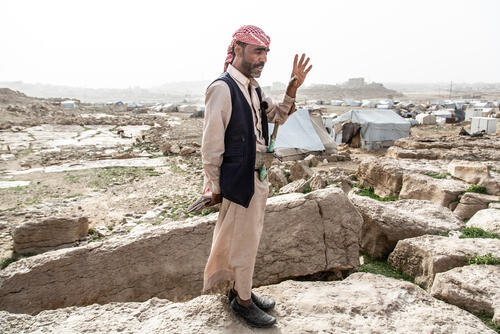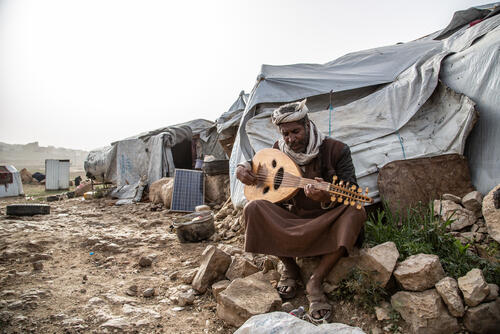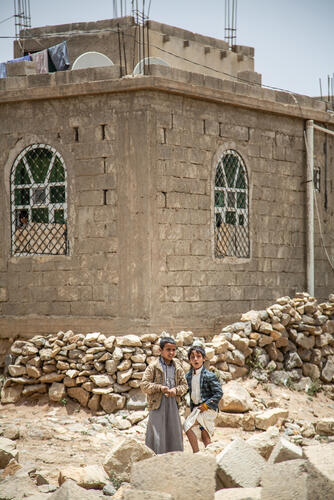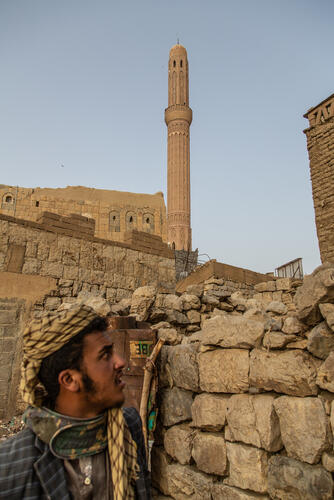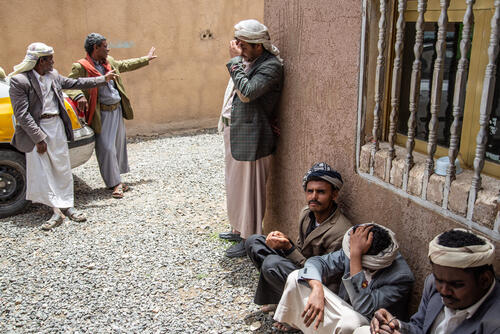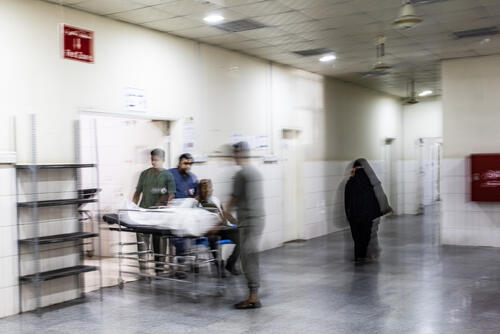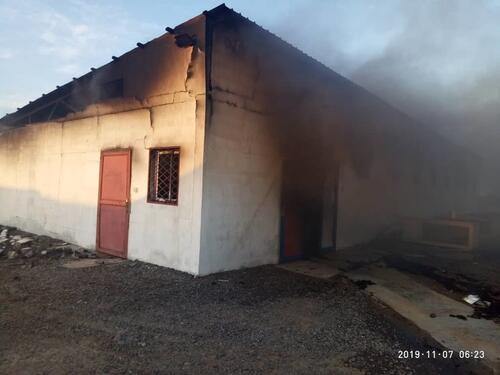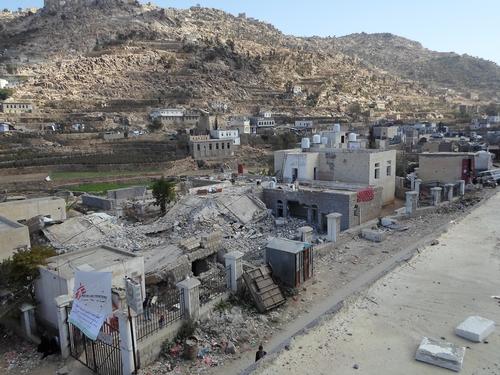Since the end of March, heavy fighting has intensified in Hajjah governorate, northwestern Yemen. The conflict between Ansar Allah's troops and forces loyal to President Hadi, backed by the Saudi and Emirati-led coalition, has displaced thousands of people. Some of them have sought safety in Khamer, in the neighbouring governorate of Amran, where Médecins Sans Frontières (MSF) teams are providing medical and surgical care.
These displaced families have joined many others, already living in exile in Khamer for several years after fleeing fighting. In Dahadh camp, nearly 3,500 people are now living in precarious conditions, with limited access to medical care and water.
Over the past years, MSF teams have distributed emergency kits to people in Dahadh camp on multiple occasions and ran mobile clinics to provide medical care until our access to the camp was no longer permitted. In July 2016, teams also provided residents with treatments for scabies.
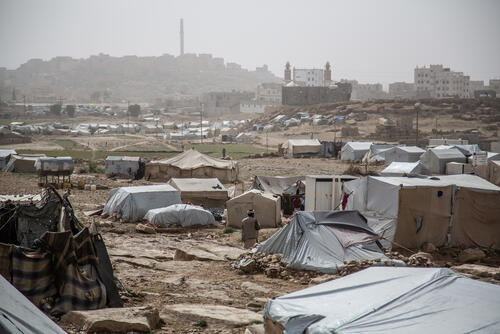
Two-thirds of the Dahadh camp population arrived in 2015, at the beginning of the war. They fled the massive aerial bombardment by the Saudi and Emirati-led coalition (SELC), over the governorate of Saada, an Ansar Allah stronghold. Nearly a quarter of all recorded coalition air strikes have hit Saada, which shares a border with Saudi Arabia, since the beginning of the conflictAccording to the monitoring group Yemen Data Project.. Declared a hostile zone by the coalition in 2015, this is the most heavily bombed governorate in Yemen.
In June 2018, the coalition's offensive against the city of Hodeidah resulted in a new wave of displaced people crossing into Amran governorate. Fatima and her husband, a fisherman working on the Red Sea, fled fighting and bombing inside the city in July 2018 and found shelter in Dahadh camp. She remembers the journey: 12 endless hours travelling the 300 kilometres between Hodeidah and Khamer – and the fear she felt when she heard the sounds of fighting approaching her home. The couple now live at the far end of the camp, in a tent, far from the sea.

In early 2019, the intensification of fighting in Hajjah governorate, in the north of the country, led to another wave of population displacement. In March, more than 20,000 people were uprooted by the conflicts in the north of Abs and the governorate of Amran, adding to the thousands of families already in exile.
The most violent fighting broke out near Abs, a town near the Saudi border, where MSF is supporting a field hospital in collaboration with the Ministry of Health. The same hospital was partially destroyed by a coalition air strike on 15 August 2016 that killed 19 people. Two years later, in June 2018, an SELC airstrike also destroyed a cholera treatment centre newly constructed by MSF in Abs.

Since last spring, Ahmad has lived with his wife and three children in the ruins of an old house near the Khamer Mosque. The family comes from Hajjah governorate, from which they fled in April. A former trader, Ahmad lost everything in the fighting and bombing that affected Kuchar, a mountainous area about 50 kilometres from the Saudi border.
By March, more than 5,300 families had managed to flee the district, but thousands more were trapped in the areas affected by fighting with no possibility of shelter. According to the United Nations, there are an estimated 3.65 million displaced people in Yemen.





